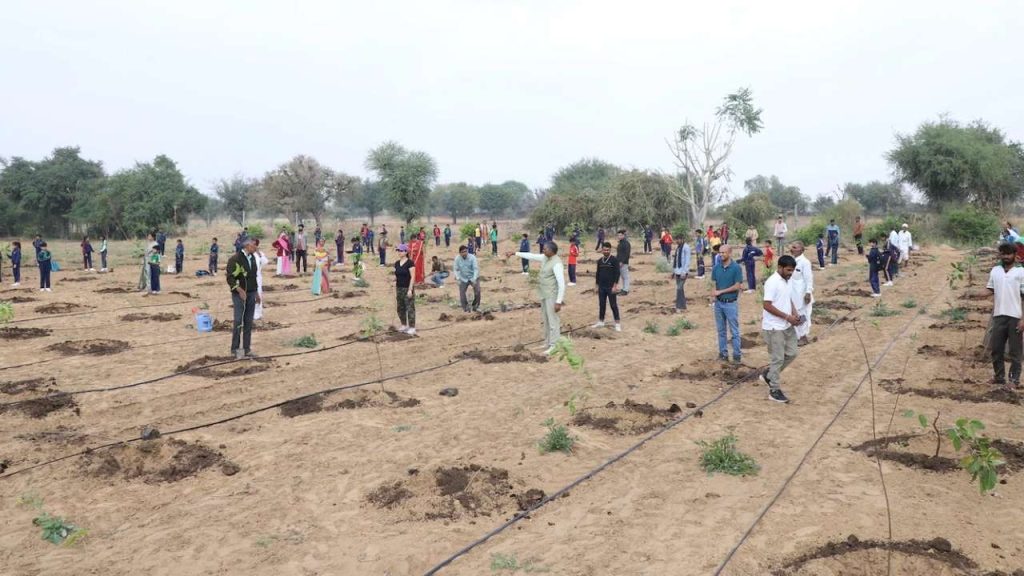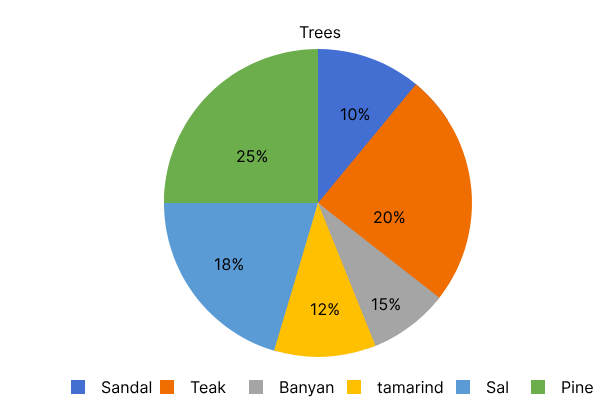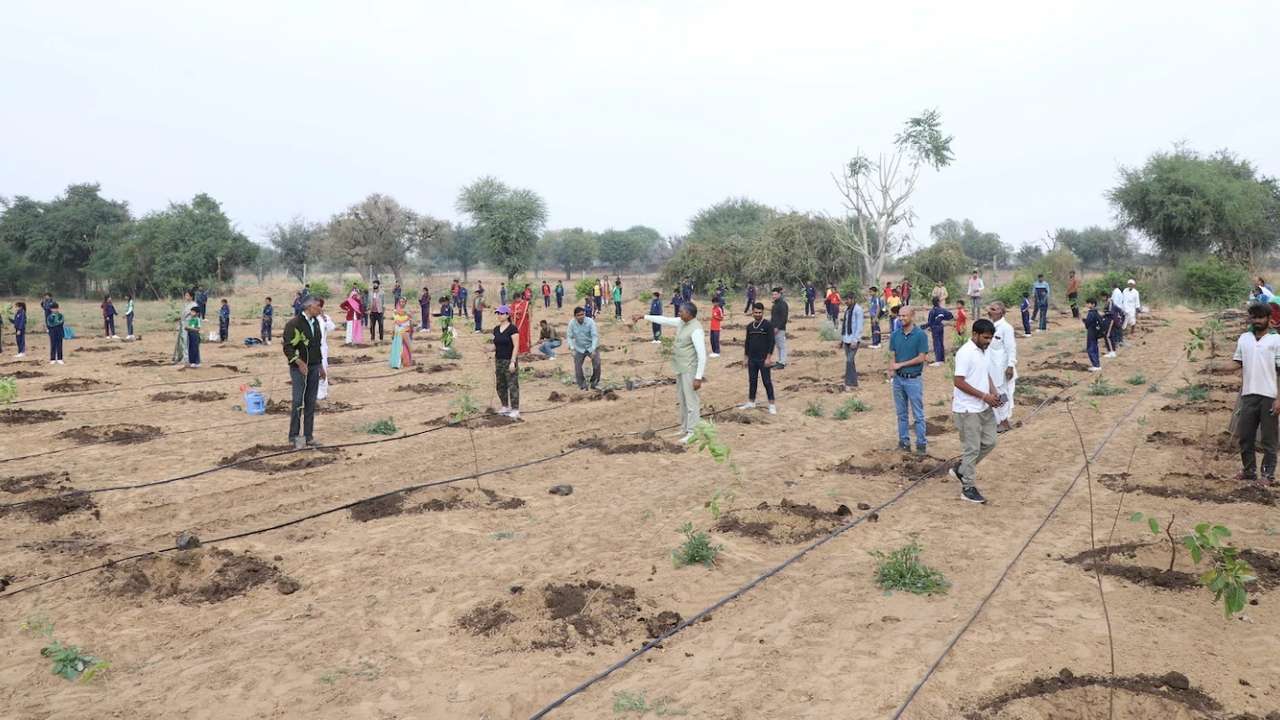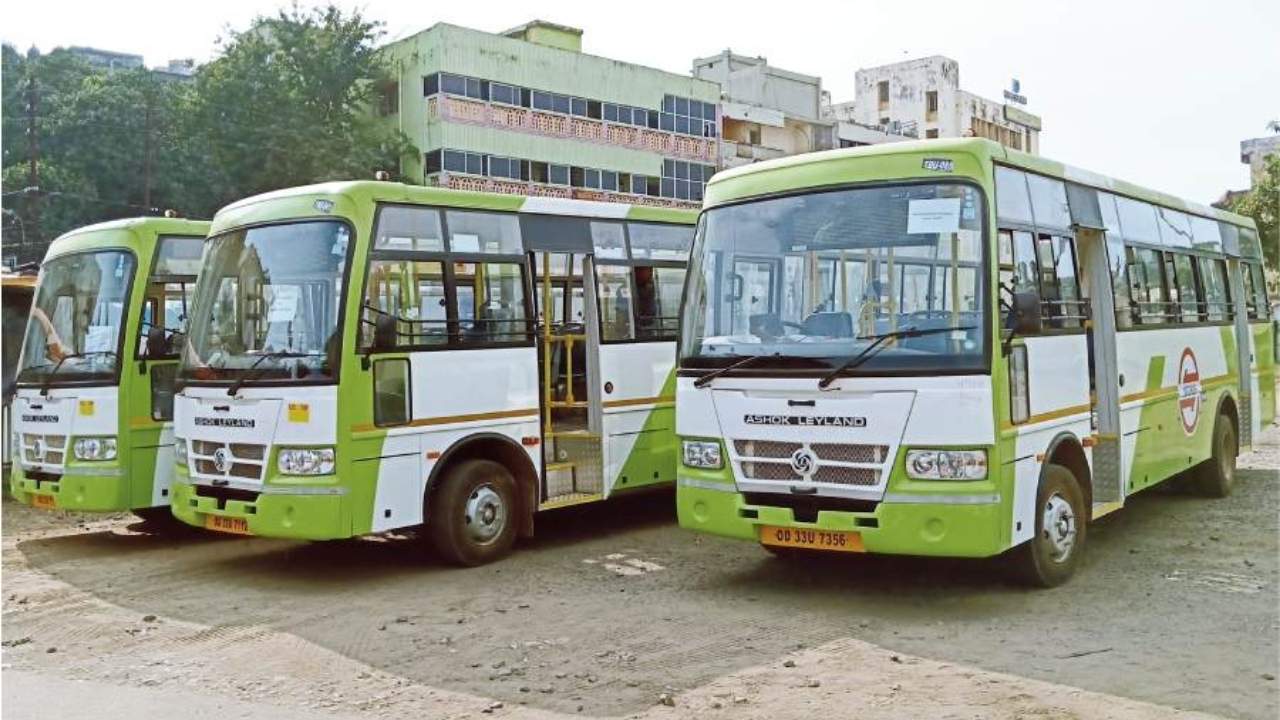The government of Odisha will undertake a massive Odisha tree plantation drive on September 17, aiming to plant 7.5 million (75 lakh) saplings in a single day across the state. The initiative, led by the state’s Agriculture and Farmers’ Empowerment Department, seeks to significantly increase Odisha’s green cover, promote environmental conservation, and involve multiple government agencies and community groups.

Odisha to Plant 75 Lakh Trees on Sept 17
| Key Fact | Detail / Statistic |
| Total Saplings | 7.5 Million (75 lakh) Official State Government Press Release |
| Lead Department | Agriculture and Farmers’ Empowerment |
| Event Date | September 17 |
| Primary Goal | Increase statewide green cover and promote environmental conservation. |
State Mobilizes for Ambitious Environmental Goal
The government of Odisha has set an ambitious target for its upcoming Odisha tree plantation drive, coordinating a multi-departmental effort to ensure the successful planting of 7.5 million saplings. The initiative, scheduled for September 17, is part of a broader strategy to enhance the state’s ecological resilience and combat the effects of climate change.
According to a directive from the state’s Chief Secretary, Pradeep Kumar Jena, the Agriculture and Farmers’ Empowerment Department will spearhead the effort by planting 2.3 million (23 lakh) saplings. Other significant contributors include the Forest, Environment and Climate Change Department, which will plant 1.5 million (15 lakh) saplings, and the Panchayati Raj and Drinking Water Department, tasked with planting 1 million (10 lakh) saplings.
The drive will also see participation from several other key departments:
- Scheduled Tribes and Scheduled Castes Development Department: 500,000 saplings
- School and Mass Education Department: 500,000 saplings
- Higher Education Department: 300,000 saplings
- Water Resources Department: 300,000 saplings
This widespread participation underscores a government-wide commitment to the state’s reforestation efforts. The event on September 17 also coincides with the birthday of Indian Prime Minister Narendra Modi, a day often marked by service-oriented activities, or ‘Sewa Diwas’, by government bodies across the country.

Strategic Planting for Ecological and Economic Benefits
The initiative is not merely about numbers but also involves a strategic approach to selecting and planting saplings. Officials have emphasized the importance of choosing species that are native to the region and provide tangible benefits to local communities.
Focus on Livelihoods and Biodiversity
A significant portion of the saplings will be fruit-bearing trees, including mango, guava, and jackfruit. These are intended to be planted on private land, community spaces, and near homesteads to provide long-term nutritional and economic benefits to families, according to a statement from the Agriculture Department. This aspect aligns with state goals of diversifying rural incomes and enhancing food security.
The Forest Department will focus its efforts on planting native forest species in degraded forest lands and community-managed forests. “Restoring native biodiversity is crucial for ecosystem health,” stated Dr. Meera Desai, an environmental scientist at the Indian Institute of Science, in an interview. “Mass plantations are most effective when they prioritize indigenous species that support local wildlife and improve soil and water quality, rather than focusing on monocultures.” This approach helps in the long-term sustainability of reforestation efforts.
Locations for Planting
Saplings will be planted in a variety of locations, including:
- Community lands and village commons.
- The premises of schools, colleges, and government offices.
- Along the banks of rivers and canals to prevent soil erosion.
- Degraded forest areas targeted for ecological restoration.
Context: Odisha’s Environmental Challenges and Commitments
Odisha, located on India’s eastern coast, is highly vulnerable to the impacts of climate change, particularly intense cyclones and coastal erosion. The state has been repeatedly battered by powerful storms, such as Cyclone Fani in 2019, which caused extensive damage to its green cover. In response, the government has intensified its focus on climate change mitigation through large-scale afforestation and coastal shelterbelt plantation programs.
The state’s green cover has seen a gradual increase over the past decade, according to the Forest Survey of India (FSI). The FSI’s 2021 report noted a net increase in forest cover in Odisha, attributing it to successful plantation drives and robust forest protection measures. This September 17 drive aims to build on that momentum.

However, experts caution that the success of such large-scale drives depends on post-plantation care. “The challenge is not just planting the sapling, but ensuring its survival,” said Dr. Desai. “Consistent monitoring, watering, and protection from grazing for the first few years are critical for achieving a high survival rate, which should be the ultimate measure of success.”
State officials have reportedly issued guidelines to district administrations to ensure mechanisms are in place for the protection and nurturing of the newly planted saplings. Community involvement and the assignment of responsibility to local bodies are seen as key components of this follow-up strategy. The performance of each district will be monitored through geo-tagged photographs and regular field reports, according to a government official familiar with the plan.
INTACH Requests Heritage Tag for Janata Ranga Manch to Preserve History
Odisha Govt Issues New Rules for Realtors on Housing Handover
FAQs
1. What is the main goal of the Odisha tree plantation drive?
The primary objective is to plant 7.5 million saplings on September 17 to increase the state’s green cover, promote environmental conservation, restore ecological balance, and contribute to climate change mitigation.
2. Which department is leading this initiative?
The Agriculture and Farmers’ Empowerment Department is leading the drive, with a target of planting 2.3 million saplings. However, it is a collaborative effort involving numerous other state government departments.
3. What types of trees will be planted?
A mix of fruit-bearing trees (like mango and guava) will be planted to support local livelihoods, alongside native forest species aimed at restoring biodiversity and improving ecosystem health.
4. Why is this drive important for Odisha?
As a coastal state, Odisha is highly susceptible to natural disasters like cyclones. Increasing forest and tree cover helps in mitigating soil erosion, acts as a natural barrier against storms, and enhances the overall environmental resilience of the state.





